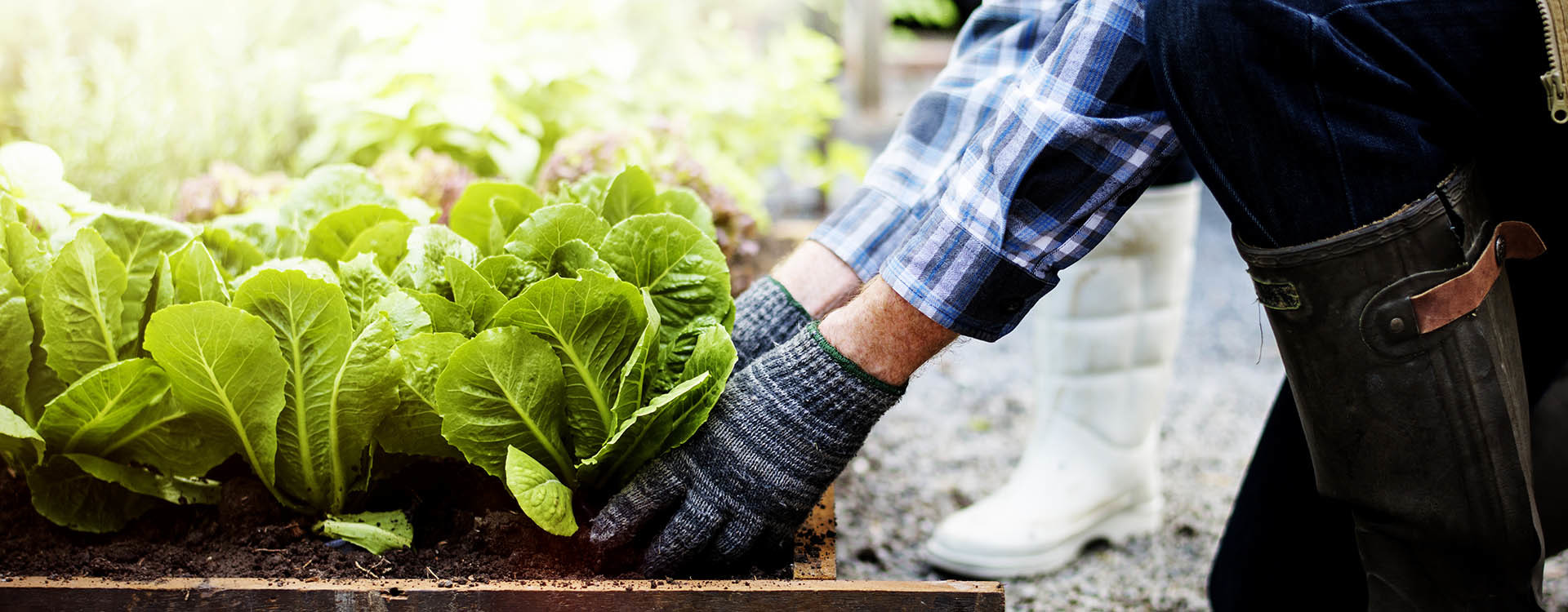Things about City Blooming
Things about City Blooming
Blog Article
The Only Guide to City Blooming
Table of ContentsAn Unbiased View of City BloomingNot known Facts About City BloomingThe 6-Minute Rule for City BloomingThe 5-Second Trick For City BloomingGet This Report on City Blooming
Interested in expanding food for sale in the City of Chicago? Below is a checklist of regularly asked inquiries concerning the policies and regulations that growers need to think about when preparing a city farming project.
The zoning amendment does not change any kind of other codes dealing with composting, structure licenses, acquiring or leasing City had residential or commercial property, organization licenses or ecological contamination. There are existing codes that control these concerns and they remain in complete effect and may be appropriate to your job. Community yards are usually owned or managed by public entities, civic companies or community-based companies and kept by volunteers.
Urban ranches grow food that is meant to be sold, either on a not-for-profit or for-profit basis. Due to their industrial objective, city ranches call for a business permit.
The Basic Principles Of City Blooming
Composting is enabled but just for plant product that is produced and used on website. The amount of garden compost material can not surpass 25 cubic lawns at any kind of provided time according to the criteria in 7-28-715 of the City's Municipal Code. Yes. Due to the fact that the soil at the majority of new garden websites requires changing, compost, soil, timber chips, or various other products can be obtained to create or enhance the expanding room - garden care.

If a building authorization is called for then the hoophouse will be thought about an accessory structure. You can discover more regarding the building permit requirements by contacting the Division of Buildings. The 25,000-square-foot dimension restriction is meant to stop a single area garden from controling a given block or taking away from the block's existing domestic or industrial character.
The limit does not use to gardens situated in Public Open Room (POS) areas. Can there be even more than one neighborhood yard that is 25,000 square feet on a solitary block? Fencing is not called for, nevertheless, yards that have large car parking locations might be called for to install secure my latest blog post fencing or other landscaping functions.
10 Simple Techniques For City Blooming
B1 & B2 areas call for that all industrial use activities be performed inside your home. R areas restrict commercial activity. The guidelines reflect the objective and intent of the Zoning Code. Is fencing required for urban farms? Yes. Fencings might be called for, in addition to landscaping and screening, for sure parking lot and outdoor work or storage space locations relying on area and the details task taking area.
Urban farms call for structure authorizations and zoning approvals prior to building (urban gardening). Other types of city review might be needed depending on particular structures, activities, dimension, landscaping, licensing, public health and stormwater management issues.
The Department of Organization Affairs and Customer Defense can help figure out the certain type of company license that's required. Off street parking is required for the majority of commercial jobs in Chicago. The required number of vehicle parking areas is based on the number of staff members functioning on website and not the square footage of the growing area.
All About City Blooming

Yes. A metropolitan ranch can offer compost product created on site, nonetheless, the operation needs to follow the regulations in 7-28-715 of the Chicago Municipal Code. Yes. Aquaponic systems are allowed inside your home on urban farms in lots of zoning areas. A zoning testimonial and structure authorization is needed in order to install frameworks or systems and a business permit is called for as explained over.
As much as 5 hives or nests of honey bees may be maintained as an accessory use. However, beekeepers must register with the Illinois Division of Agriculture. For additional information concerning the proposed zoning amendment you may get in touch with the Division of Real Estate and Economic Development, Bureau of Preparation and Zoning at 312.744.8563.
Farming in cities and metropolitan areas An urban ranch in Chicago. Urban farming describes different techniques of growing. https://hub.docker.com/u/cityblooming, handling, and dispersing food in city locations. The term additionally relates to the location activities of animal husbandry, tank farming, beekeeping, and horticulture in a metropolitan context. Urban agriculture is distinguished from peri-urban farming, which happens in rural areas at the side of suburban areas.
The Only Guide for City Blooming
, that seek to create social networks started on a shared values of nature and neighborhood holism. These networks can develop by method of official institutional assistance, ending up being incorporated right into local community planning as a "shift community" movement for sustainable city advancement.
In either situation, the extra direct access to fresh vegetable, fruit, and meat products that may be become aware via metropolitan agriculture can enhance food safety and security and food safety and security while reducing food miles, bring about reduced greenhouse gas emissions, consequently adding to environment modification mitigation. Several of the initial evidence of city agriculture originates from Mesopotamia.
Report this page